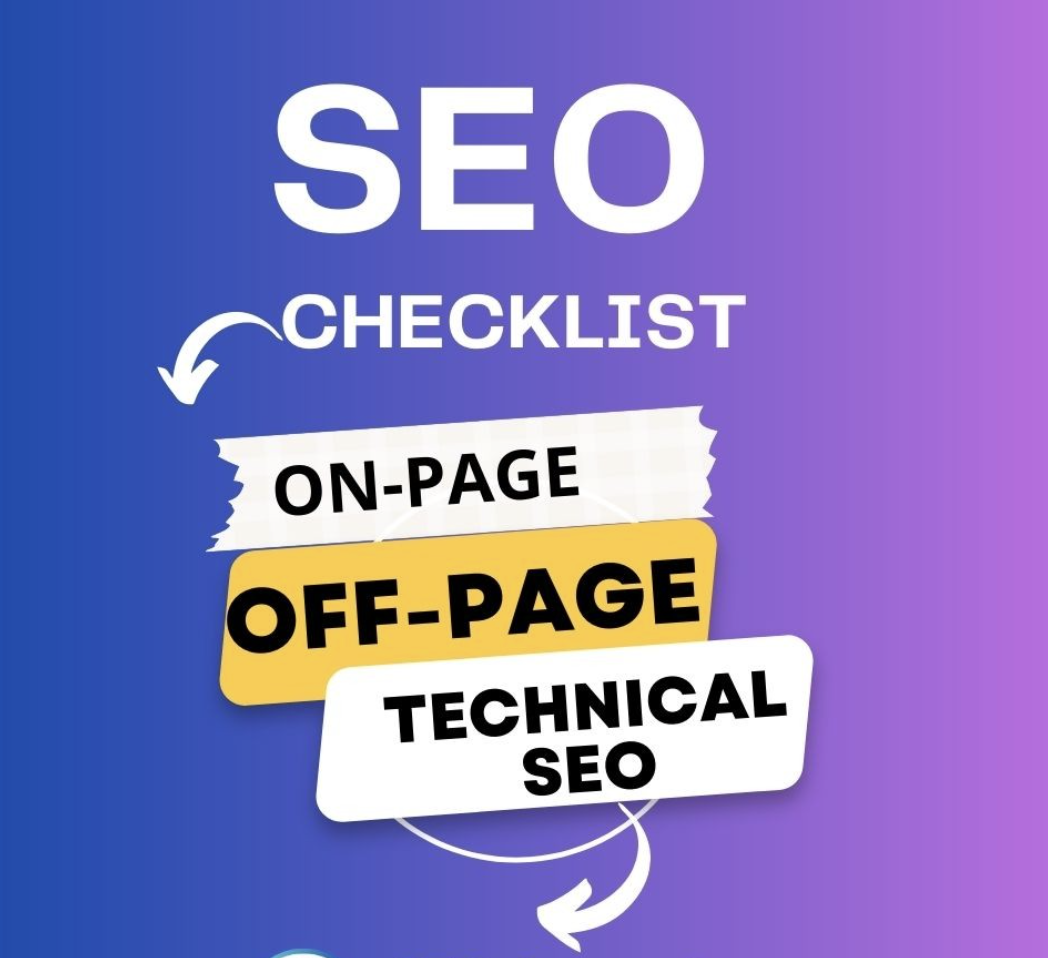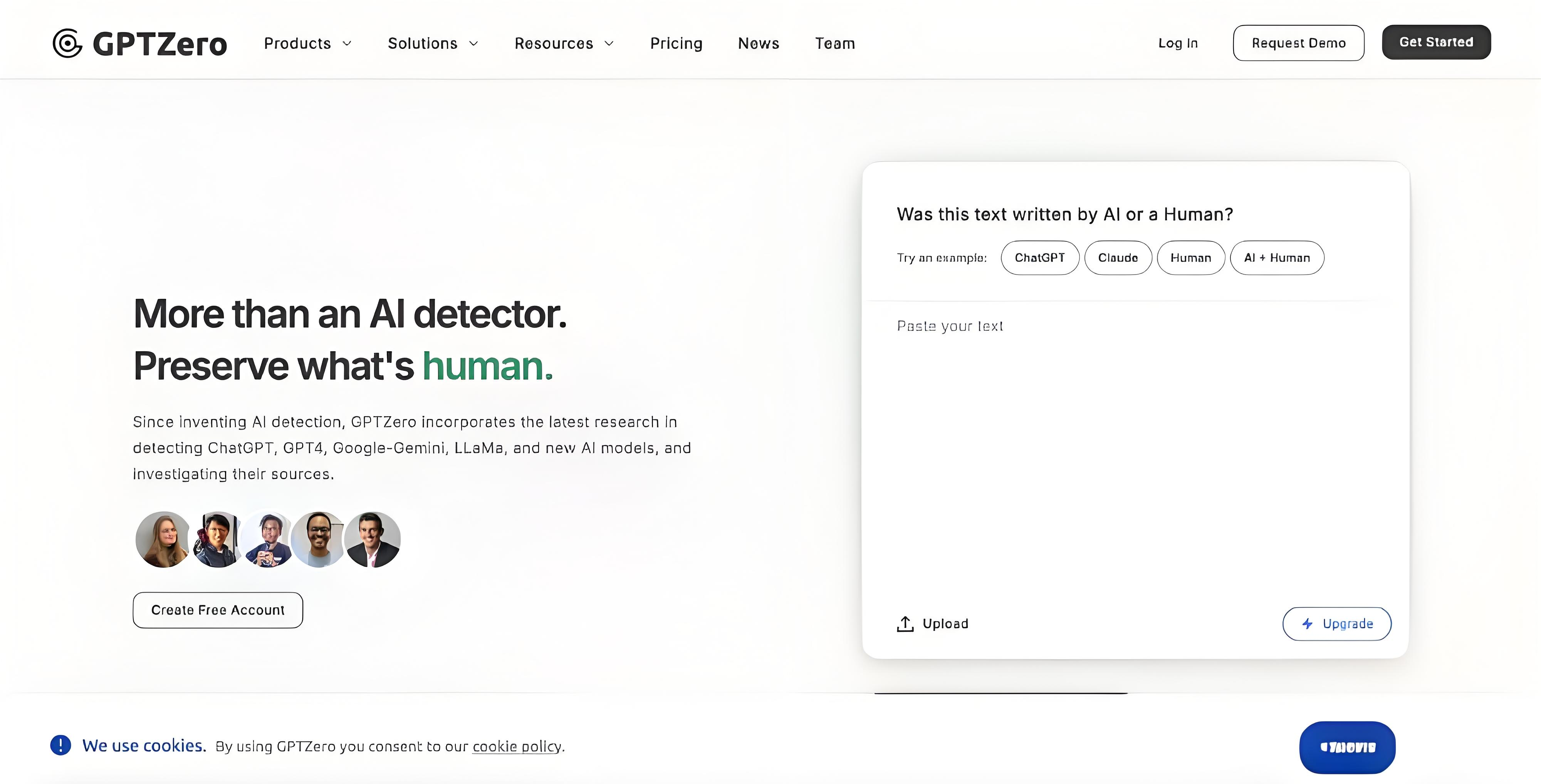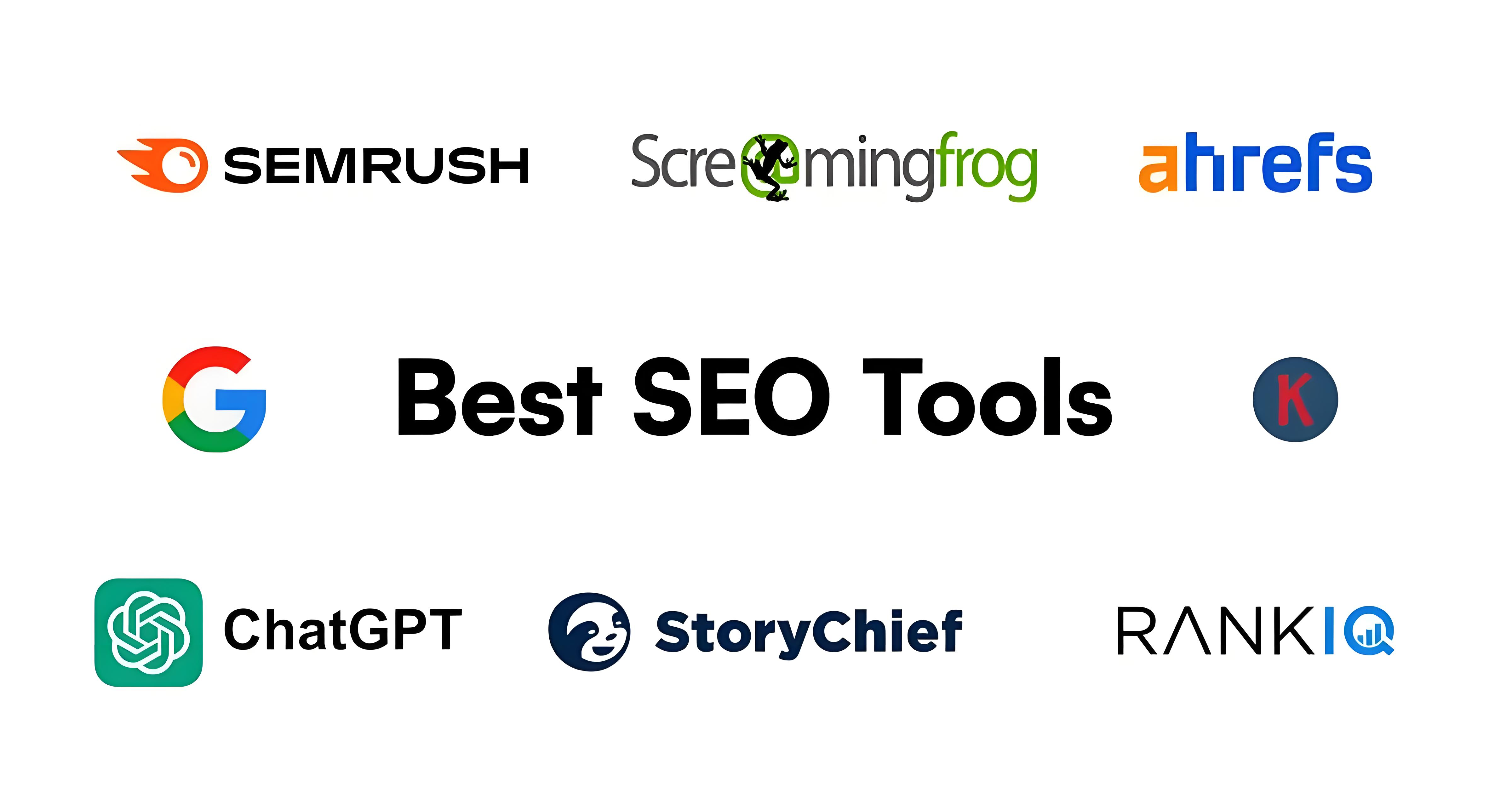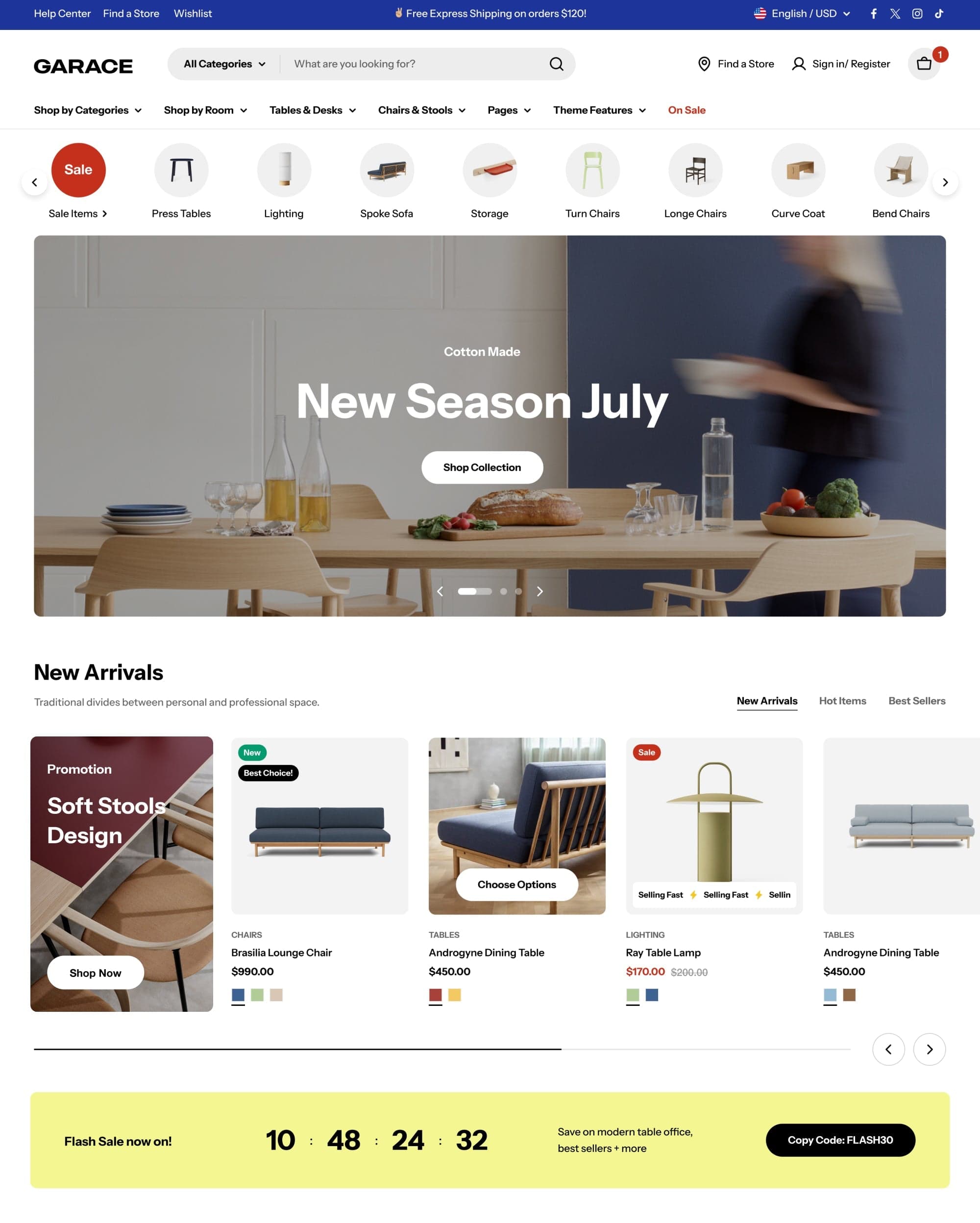
Ultimate Guide to Keyword Optimization for Independent Websites
According to Shopify's annual report, the average customer acquisition cost for cross-border e-commerce independent websites increased by 37% in 2023. In this context, precise keyword optimization has become a crucial strategy for breaking through the challenges. This article offers a 7-step gold strategy validated by over 200 enterprises, helping you build a search engine-friendly independent website system and achieve a 200%+ growth in organic traffic.
Keyword Optimization Strategy: The Key to Improving Website Rankings and User Conversions
Keyword optimization refers to the strategic placement of relevant keywords across different pages and sections of a website, making it easier for both search engines and users to identify the site's theme and content. By implementing precise keyword optimization, you can:
- Improve Website Rankings in Search Engines: Make it easier for target users to find your website.
- Attract More Targeted Traffic: Increase exposure by aligning with user search intent.
- Enhance Page Relevance: Improve user experience and reduce bounce rates.
- Boost User Conversions: Drive sales and business growth through targeted keyword guidance.
This strategy is essential for optimizing website performance and achieving measurable results in both traffic and conversions.

Keyword Research: The Foundation of Optimization
Before implementing keyword optimization, it’s essential to conduct thorough keyword research. Here are the practical steps for keyword research:
-
Identify Core Keywords Based on the website’s positioning and target audience, determine 3-5 core keywords. For example, core keywords for an independent website might include "foreign trade independent website," "independent website building," or "self-built website."
-
Utilize Keyword Research Tools Use tools like Google Keyword Planner, Ahrefs, and SEMrush to explore long-tail and related keywords associated with the core keywords. Identify terms with high search volume and moderate competition.
-
Analyze Competitors Examine the keyword strategies of competitor websites to identify their high-frequency keywords and uncover market gaps.
-
Categorize Keywords Classify keywords into categories such as core keywords, long-tail keywords, related keywords, and brand terms for easier optimization planning.
-
Determine Keyword Priority Prioritize keywords based on search volume, competition level, and relevance to your website content.
By following these steps, you can lay a solid foundation for effective keyword optimization, ensuring your website ranks higher and attracts targeted traffic.
Practical Steps for Keyword Optimization
Homepage Keyword Optimization
The homepage is one of the most critical pages of an independent website and serves as the primary entry point for traffic. Therefore, keyword optimization on the homepage is especially important.
- Title Tag Optimization: The title should include core keywords and be kept within 60 characters. For example, "Efficient Foreign Trade Independent Website Building | Providing SEO Optimization Services".
- Meta Description Optimization: Incorporate 1-2 core keywords into the description, keeping it within 150 characters. Highlight the advantages of your services or products. For example, "Professional foreign trade independent website setup, SEO optimization, and traffic引流 services to help you quickly enter overseas markets".
- H1 Tag Optimization: Include core keywords in the H1 tag on the homepage. Typically, only one H1 tag should be used, such as "Foreign Trade Independent Website Building and Optimization Services".
-
Content Optimization: Naturally integrate core and related keywords into the homepage content, maintaining a keyword density of 2-3%. Content can include company introductions, core product or service descriptions, and customer case studies.
-
Internal Linking Strategy: Set up internal links within the homepage content that point to other important pages, using anchor text that contains relevant keywords to enhance page weight distribution.
Category Page Keyword Optimization
Category pages are typically used to showcase the main content classifications of a website, such as "Product Center," "Solutions," "About Us," and more.
-
Title and Meta Description Optimization: Choose relevant keywords based on the theme of the category page. For example, "Product Center – High-Quality Cross-Border E-commerce Independent Website Solutions" .
-
H1, H2, and H3 Tags: Use the H1 tag for the primary keyword of the category page, while H2 and H3 tags can be used to incorporate long-tail keywords and related keywords .
-
Content Optimization: Naturally integrate relevant keywords into the content of the category page, ensuring it is concise and targeted .
-
Internal and External Links: Appropriately add internal links within the content pointing to product detail pages or related blog posts. Additionally, include external links to authoritative resources to enhance credibility .
Article Page Keyword Optimization
Article pages are a primary channel for content marketing on independent websites, attracting users by publishing valuable content. Here are the key steps for optimizing keyword layout on article pages:
-
Long-Tail Keyword Selection:Choose long-tail keywords based on potential user search intent, such as "How to Build a Foreign Trade Independent Website." These keywords are more specific and have lower competition, making it easier to rank higher and attract targeted traffic.
- Title Optimization:The article title should be engaging and include long-tail keywords. For example, "5 Practical Tips to Help You Create a High-Converting Foreign Trade Independent Website." Titles should be concise (ideally under 60 characters) and place keywords near the front for better SEO performance.
-
Content Layout:Naturally incorporate keywords throughout the article—beginning, middle, and end—while avoiding keyword stuffing. Ensure the content is readable and provides value to the user.
-
Image Optimization:Add Alt tags to images in the article, including relevant keywords. This helps improve image search rankings and enhances accessibility.
-
Internal Linking Strategy:Include internal links within the article that point to other related articles or product pages. Use anchor text with relevant keywords to improve page weight distribution and user navigation.
Product Page Keyword Optimization
Product pages are the core of conversions on independent websites, and keyword optimization directly impacts users' purchasing decisions. Here are the key steps for optimizing keyword layout on product pages:
- Product Title Optimization: Include specific product-related keywords in the product title. For example, "High-Quality Wireless Earphones | Ideal for B2C Foreign Trade Independent Websites."
- Product Description Optimization:Incorporate long-tail keywords related to the product into the description, highlighting its features and selling points.
- Image Alt Tags:Add Alt tags to product images, ensuring they contain relevant keywords. This improves image search rankings and enhances accessibility.
- User Reviews and FAQ Optimization:Naturally integrate keywords into user reviews and FAQ sections. This not only enriches content but also increases the natural frequency of keyword appearances.
Blog Page Keyword Optimization
Blogs are a crucial channel for content marketing, attracting target users by publishing valuable content related to products or services. Here’s how to optimize keyword layout on blog pages:
- Long-Tail Keyword Optimization: Focus on specific long-tail keywords to create targeted content. For example, write articles around keywords like "How to Optimize Independent Website SEO" to attract users with clear search intent.
- Use of Section Headings (H2, H3 Tags): Break down the article into sections using H2 and H3 tags, ensuring each heading contains relevant keywords. This improves readability and helps search engines understand the content structure.
- Natural Keyword Distribution: Distribute keywords naturally throughout the article, avoiding keyword stuffing. Maintain a keyword density of 2-3% to ensure the content remains user-friendly and search engine-optimized.
- Internal and External Linking: Include internal links to related pages within your website and external links to authoritative resources. This enhances content credibility, improves user navigation, and boosts SEO performance.
Key Considerations for Keyword Density and Distribution
Keyword Density Control: Maintain a keyword density of 2-3% to avoid keyword stuffing, which can harm readability and SEO performance.
Use of Synonyms and Related Terms:Incorporate synonyms or related terms of the target keywords to enrich the semantic context and improve content relevance.
Diversify Keywords:Avoid repetitive use of the same keyword. Instead, diversify keywords to cover a broader range of search queries and improve content flexibility.
Internal Linking Strategy: Enhancing Keyword Relevance
Reasonable Anchor Text Selection:Use keywords in anchor text, but avoid exact-match keyword overuse to prevent penalties from search engines.
Linking to High-Value Pages:Direct users to pages that provide them with valuable content, increasing dwell time and conversion rates.
Avoid Excessive Links:Limit the number of internal links per page to maintain a reasonable and user-friendly structure.
URL Structure Optimization: Enhancing Keyword Readability
Concise URL Structure: Keep URLs short and include the core keywords of the page. For example: domain/foreign-trade-independent-website-building
Use Hyphens for Separation: Use hyphens to separate keywords in URLs, avoiding underscores or other symbols. This improves readability for both users and search engines.
Continuous Optimization and Monitoring: Adjusting Keyword Strategy
Monitor with SEO Tools: Use tools like Google Analytics and Google Search Console to track keyword performance and identify areas for improvement.
Adjust Keyword Density and Placement: Based on monitoring results, optimize keyword density and distribution to ensure better search engine visibility and user engagement.
Update Content and Keywords: Regularly refresh page content by incorporating the latest industry trend keywords to stay relevant and competitive.
Conclusion
Keyword optimization for independent websites is a systematic process that requires detailed planning and continuous refinement. By clearly defining practical steps for keyword layout—from the homepage and category pages to article pages and product pages—and implementing a reasonable distribution of keywords, you can significantly enhance your website’s performance in search engines and attract more targeted traffic.
Continuously monitor keyword performance, flexibly adjust your optimization strategies, and update content based on evolving user needs. Only by doing so can you maintain the competitiveness of your independent website and achieve a virtuous cycle of traffic, conversions, and sales.
有关文章


What Does International SEO Entail?
SEO学堂
Chat GPT Zero: The Necessity of AI Detection in the Field of Content Creation
SEO学堂
DTCPack Unveils Performance-Driven SEO Solutions with Revenue-Share Pricing Model
SEO学堂
Data-Driven Independent Website Operations: How to Use Tools and Strategies to Analyze Competitors and Achieve Precise Surpassing
SEO学堂


